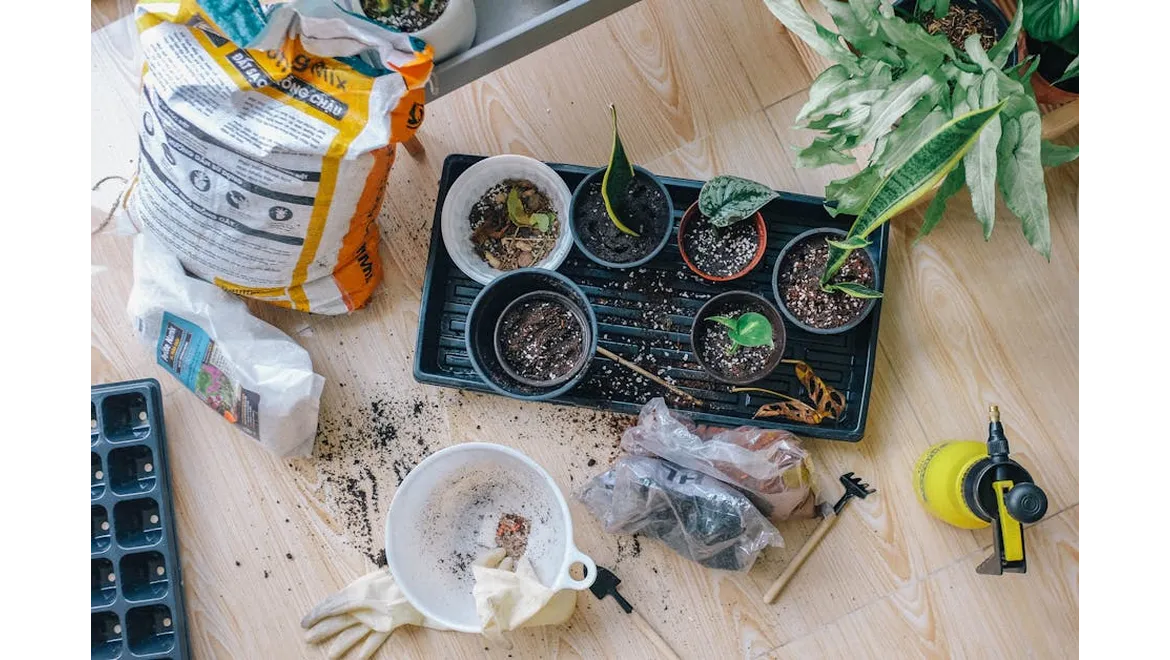Hello fellow garden enthusiasts! I’ve just emerged, blinking, from a rather deep dive into the fascinating (and occasionally frustrating) world of orangery pests and diseases. The result? An article I’m rather proud of: “Dealing with Orangery Pests and Diseases: A UK Gardener’s Guide.” And I thought I’d share the journey of writing it, along with some of the key takeaways.
As many of you know, I adore my orangery. It’s my happy place, a sun-drenched sanctuary where I can potter amongst my citrus trees and tender exotics, even when the British weather is doing its best to discourage me. But let’s be honest, an orangery isn’t just a pretty face. It’s a microclimate, and microclimates can, alas, attract unwanted guests.
The Challenge: A Comprehensive & Eco-Friendly Approach
The initial challenge was clear: create a comprehensive guide that covered the most common pests and diseases affecting UK orangeries. But I didn’t just want a list of problems; I wanted practical, actionable solutions, with a strong emphasis on organic and environmentally friendly methods. After all, who wants to douse their beloved plants with harsh chemicals?
Identification is Key: Becoming a Plant Detective
My first step was research, research, research! I started by consulting my own collection of gardening books and magazines. Then, I turned to online resources, cross-referencing information from reputable sources like the RHS (Royal Horticultural Society) and other trusted UK gardening websites. What emerged was a checklist of common culprits: aphids, spider mites, mealybugs, scale insects, whiteflies, and fungal diseases like botrytis (grey mould) and powdery mildew.
Once I had my list, I delved into the specifics of identification. It’s no good treating a plant for aphids if it’s actually suffering from spider mites! So, the guide includes detailed descriptions of each pest and disease, along with clear, close-up images to aid identification. I even included a section on recognising early warning signs – spotting the telltale sticky honeydew of aphids, for instance, or the subtle webbing of spider mites, before they become a major infestation.
Organic Warfare: My Arsenal of Solutions
Then came the fun part: researching and compiling the solutions. I focused on organic and environmentally friendly approaches, like:
- Prevention is better than cure: This section emphasises the importance of good ventilation, proper watering techniques, and regular inspection of plants. Healthy plants are naturally more resistant to pests and diseases.
- Biological controls: Introducing beneficial insects, such as ladybirds (to munch on aphids) and predatory mites (to tackle spider mites). These are readily available from garden centres and online suppliers.
- Neem oil: This natural insecticide is effective against a wide range of pests and can be used as a preventative measure.
- Insecticidal soap: A simple and effective solution for controlling aphids, whiteflies, and other soft-bodied insects.
- Homemade remedies: I even included a recipe for a garlic and chilli spray, a natural deterrent for many pests.
For fungal diseases, I looked at solutions like improving air circulation, removing infected leaves, and using organic fungicides based on copper or sulphur.
Early Detection: The Gardener’s Secret Weapon
A significant part of the guide emphasizes early detection. I included a checklist that gardeners can use to regularly inspect their plants, looking for signs of trouble. The sooner you identify a problem, the easier it is to treat, and the less likely it is to spread.
Crafting the Orangery Experience
Of course, the article is about more than just pests and diseases. It’s about enhancing the orangery experience. I weaved in information about how a healthy, thriving orangery can become a true extension of the home and garden, providing a tranquil space for relaxation and enjoyment. Think of it as a haven, not a hassle!
The Writing Process: A Balancing Act
The writing itself was a balancing act. I wanted the guide to be informative and comprehensive, but also accessible and easy to understand. I avoided technical jargon wherever possible and used clear, concise language. I broke the information down into manageable sections, with plenty of headings and subheadings to make it easy to navigate.
Putting together this guide has been an incredibly rewarding experience. From identifying the sneaky culprits to discovering effective, organic remedies, I’ve learned so much more about maintaining a healthy and vibrant orangery. Prevention through consistent good care and early intervention really can make a huge difference. So, keep a watchful eye, embrace the natural solutions, and enjoy the tranquil beauty of your orangery!


